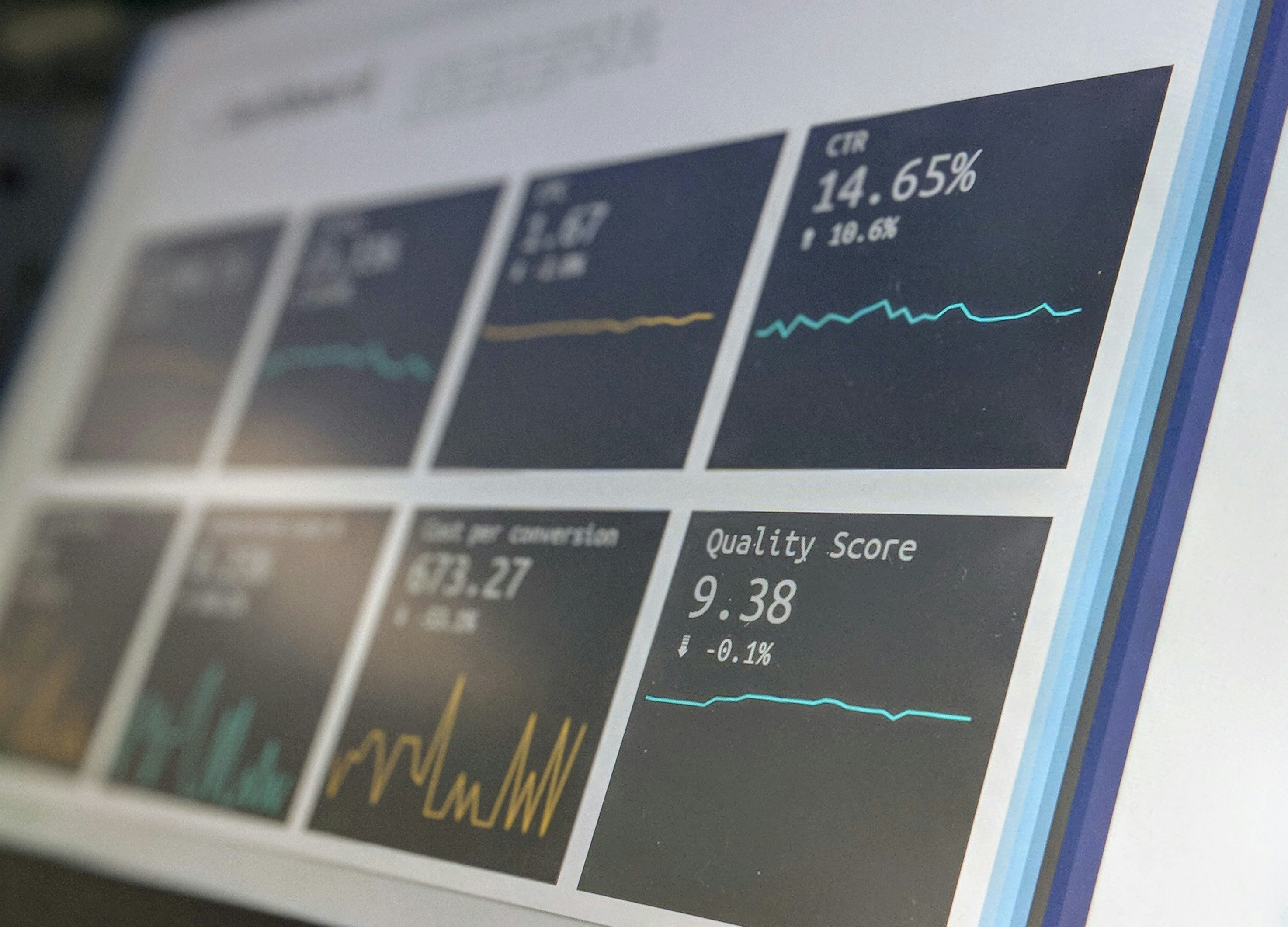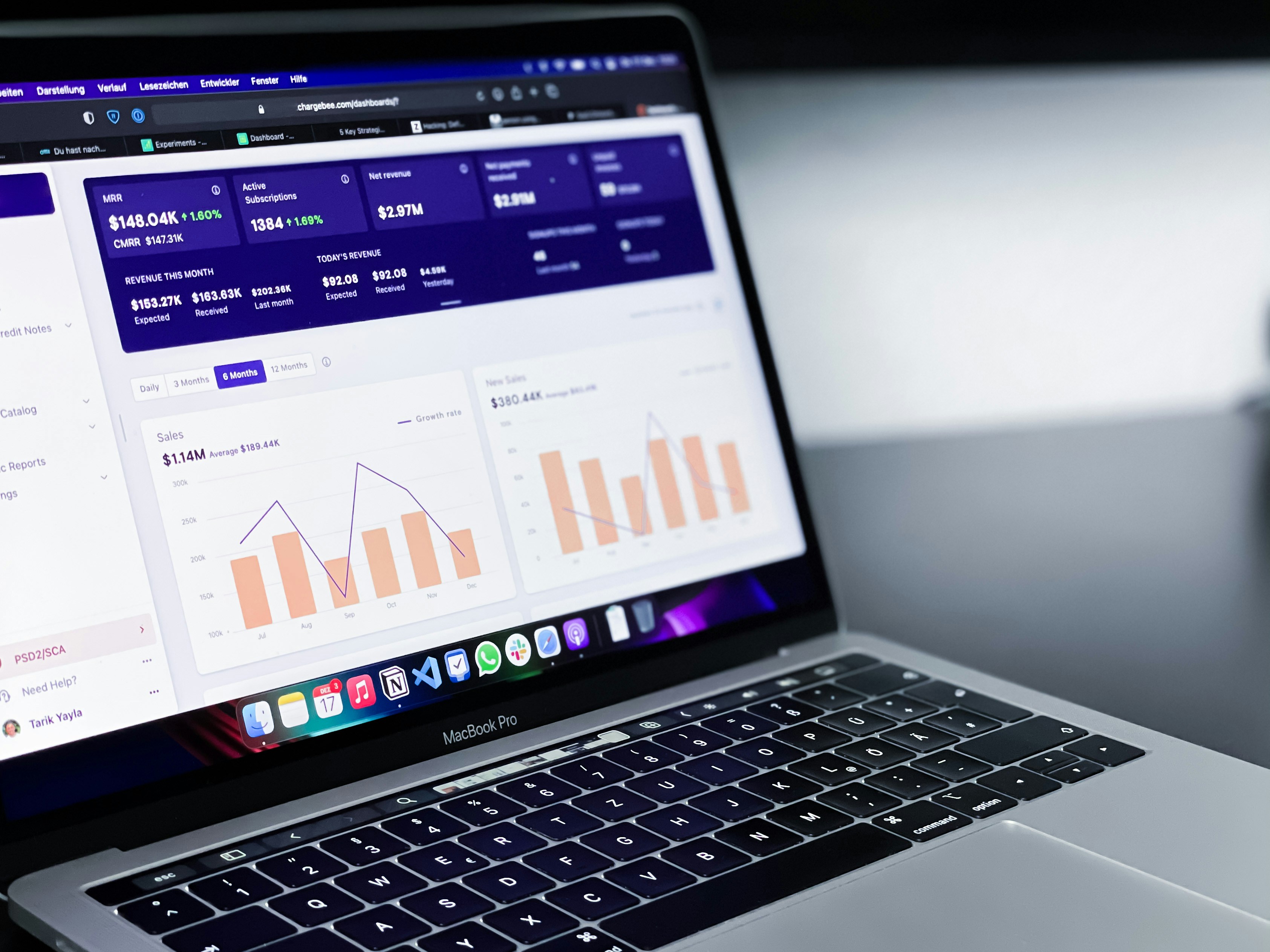Customer Data Management best practices can be a game-changer when it comes to understanding your customers and tailoring your marketing strategies accordingly. Imagine knowing your customers' preferences, behaviors, and demographics to deliver personalized experiences that drive loyalty and growth. This article will help you learn about Customer Data Management best practices and how to implement them efficiently, improving your customer segmentation analysis with more impactful marketing strategies.
Regarding achieving your goals, such as enhancing customer segmentation analysis, Rengage's solution, drive loyalty and growth, can be a valuable tool. With this platform, you can streamline Customer Data Management and better understand your customers to optimize your marketing strategies effectively.
Table of Contents
- What is Customer Data Management (CDM)?
- Why Are Customer Data Management Best Practices Important?
- Core Customer Data Management Best Practices
- Implementing Customer Data Management Best Practices
- Common FAQs about Customer Data Management
- How can I ensure my data complies with privacy regulations?
- Create Personalized Experiences That Drive Loyalty and Growth with Rengage — Book A Free Demo Today
What is Customer Data Management (CDM)?

Customer Data Management (CDM) empowers businesses to leverage customer data to achieve specific goals. It encompasses various forms of customer data, including:
- Demographics
- Behavioral patterns
- Transactional information
CDM unifies customer data from diverse sources like CRM systems, websites, and social media platforms to create a single, holistic customer view. This unified view unlocks significant benefits such as:
- Improved customer experience
- Targeted marketing campaigns
- Data-driven decision making
Implementing a robust CDM strategy can be transformative for businesses. It enables them to understand their customers comprehensively, essential for delivering personalized experiences and targeted marketing campaigns. Organizations must adhere to best practices that ensure customer data's effective and ethical management to derive maximum value from CDM.
Related Reading
- Customer Data Infrastructure
- Omnichannel Analytics
- Customer Data Integration
- Predicting Customer Behavior
- Marketing Data Platform
- Customer Data Platform Vs Data Management Platform
- Customer Data Platform Use Cases
- Best Customer Data Platform
- Customer Data Platform Capabilities
- Customer Data Platform Tools
- How To Choose Cdp
Why Are Customer Data Management Best Practices Important?

Implementing best practices for CDM offers significant advantages for businesses. Without them, managing customer data can be:
- Challenging
- Leading to data silos
- Inconsistencies
- Security risks
Best practices ensure data quality, accuracy, and compliance with data privacy regulations. Efficient data management reduces redundancy and improves data governance, ultimately saving costs.
No-Code Customer Journey Management for Measurable Growth
We provide a comprehensive solution for managing and enhancing customer journeys, delivering insights and measurable outcomes with no code. We accelerate your customer journey from onboarding and activation to conversion and churn, enabling customers to unlock revenue from their existing users.
With Rengage, you can get insights into your segments, run campaigns with an intuitive journey manager, and get insights to measure how your journeys impact users conversion through our journey moments and journey builder features.
- Journey Moments: insights into your micro-segments
- Journey Builder: intuitive multi-channel marketing automation
- Insights prediction and attribution
Book a free demo to learn how to transform customer interactions into personalized experiences that drive loyalty and growth.
Core Customer Data Management Best Practices

Define Business Goals and Data Needs
To effectively manage customer data, it is crucial to identify your business objectives and determine the specific customer data required to achieve them. Different departments, like marketing, sales, and customer service, can leverage customer data for their unique goals.
Establish a Data Governance Framework
A data governance framework sets policies, procedures, and roles for data management. This includes data ownership, access control, and security measures to ensure data is used and protected appropriately.
Focus on Data Quality and Accuracy
Implement data validation and cleansing processes to ensure data accuracy and consistency. Regular data audits and profiling help identify and correct errors, ensuring that decisions are based on reliable information.
Create a Single Customer View
Consolidate customer data from various sources into a unified customer profile. This enables personalized marketing campaigns and improves customer service interactions by providing a holistic view of customer interactions and preferences.
Prioritize Customer Data Privacy
Comply with data privacy regulations like GDPR and CCPA. Obtain customer consent for data collection and usage, and provide clear data privacy policies to build trust and safeguard customer information.
Invest in Secure Data Storage and Management
Implement robust security measures to protect sensitive customer data from breaches. Utilize data encryption techniques and access control protocols for secure storage and management, safeguarding customer data against unauthorized access.
Utilize Customer Data Analytics
Leverage customer data analytics tools to gain insights into customer behavior and preferences. Data visualization tools effectively communicate customer insights across the organization, enabling data-driven decision-making and personalized customer interactions.
Promote a Data-Driven Culture
Foster a data-driven culture where employees understand the value of customer data. Train employees on data management best practices and encourage data-based decision-making to drive growth and customer loyalty.
Book a free demo to learn how to transform customer interactions into personalized experiences that drive loyalty and growth with Rengage.
Implementing Customer Data Management Best Practices

Conduct a Customer Data Audit
Assess your current customer data landscape, identify data sources, and analyze data quality. Document data collection practices and identify potential data gaps.
Develop a Customer Data Management Strategy
Create a comprehensive CDM strategy aligned with your business goals and data governance framework. Define data ownership, access control roles, and data security protocols.
Choose the Right Customer Data Management Tools
Evaluate and select Customer Data Management (CDM) software based on your needs and budget. Consider the different CDM solutions available, such as Customer Data Platforms (CDPs) and Data Management Platforms (DMPs).
Integrate Data Silos
Break down data silos and integrate customer data from various systems into a centralized platform. Utilize data integration techniques like ETL (Extract, Transform, Load) and API integrations.
Continuously Monitor and Improve
Monitor data quality and conduct regular data cleansing processes. Regularly review your CDM strategy and adapt to evolving business needs and data privacy regulations.
Build a Team with the Right Skills
Assemble a team with the necessary expertise to implement and manage your CDM strategy. This may include data analysts, data architects, and data governance specialists.
Obtain Leadership Buy-in
Secure the support of leadership to ensure the allocation of resources and employee participation in the CDM initiative.
Communicate the Value of CDM
Educate employees across the organization about the importance of CDM and how it benefits their roles and the overall business goals.
Book a free demo to learn how to transform customer interactions into personalized experiences that drive loyalty and growth.
Common FAQs about Customer Data Management

Customer Data Management Best Practices: CDP vs. DMP
Although a Customer Data Platform (CDP) and a Data Management Platform (DMP) may sound similar, they serve different purposes in Customer Data Management.
What is a Customer Data Platform (CDP)?
A Customer Data Platform (CDP) creates a unified customer profile for marketing purposes. It unifies data from various sources to provide a holistic view of the customer journey. By leveraging CDPs, companies can gain actionable insights into customer behavior and preferences to optimize marketing campaigns. CDPs are instrumental in creating personalized customer experiences across various touchpoints.
What is a Data Management Platform (DMP)?
A Data Management Platform (DMP) is used for audience segmentation and ad targeting across different channels. It typically aggregates data from various sources, including third-party data providers, to create audience segments for advertising campaigns. DMPs help companies target specific customer segments with tailored ad campaigns to improve marketing effectiveness.
Key Differences Between CDP and DMP
While CDPs and DMPs deal with customer data, they serve distinct purposes. A CDP focuses on building a unified customer profile to enhance marketing efforts, while a DMP is used for audience segmentation and targeted ad campaigns. Companies often leverage both platforms to effectively enhance their data-driven marketing strategies.
How can I ensure my data complies with privacy regulations?

Ensuring Data Compliance with Privacy Regulations
Familiarize yourself with data privacy regulations like GDPR and CCPA to ensure your business complies with the law. Implement clear opt-in mechanisms for customer data collection and obtain explicit consent for data usage. Provide easily accessible data privacy policies that explain how customer data is collected, used, and stored.
Measuring the success of CDM strategy
Tracking key performance indicators (KPIs) aligned with your business goals is essential in measuring the success of your CDM strategy. These KPIs reflect the effectiveness of your efforts in managing and utilizing customer data. They help you understand the impact of CDM initiatives on your business and identify areas for improvement. Typically, these KPIs include customer satisfaction metrics, marketing campaign performance metrics, and sales conversion rates.
Regularly evaluating the impact of your CDM initiatives on these KPIs will help you measure success and identify areas for improvement. Analyzing performance data can also give you insights into what strategies effectively drive positive outcomes and what needs refining to enhance your CDM strategy.
Related Reading
- CDP Personalization
- Customer Retention Automation
- Customer Data Integration Best Practices
- Real Time Customer Segmentation
- Chat CDP
- Customer Data Platform Implementation
- Benefits Of A Customer Data Platform
- Customer Segmentation Solutions
- Omnichannel Measurement
- AI Customer Segmentation
- AI CDP
- Customer Data Platform GDPR
- Customer Data Platform Costs
Create Personalized Experiences That Drive Loyalty and Growth with Rengage — Book A Free Demo Today
Rengage offers a comprehensive solution for managing and enhancing customer journeys without coding. How can this platform help you unlock revenue from your existing user base?
By providing insights into your user segments, Rengage enables you to run campaigns through an intuitive journey manager, measure the impact of your marketing efforts, and predict user behavior. But how do journey moments and journey builder features help you achieve these goals?
Understanding Journey Moments and Journey Builder
Journey moments provide insights into your micro-segments, helping you better understand your users. Meanwhile, journey builder offers an intuitive multi-channel marketing automation solution. These features help you create personalized experiences that drive loyalty and growth. Want to learn more about this transformative platform?
Book Your Free Demo
Book your free demo to learn how Rengage can help you transform customer interactions into personalized experiences that drive loyalty and growth. You can measure how your journeys impact user conversions with insights prediction and attribution. Ready to take the next step? Let's start your journey towards enhanced customer experiences and increased revenue.
Related Reading
- CDP Marketing Automation
- Customer Data Platform Vs Marketing Automation
- Ecommerce Cdp
- Totango Competitors
- Centralized Marketing Data
- Segment Alternatives
- Blueconic Cdp
- Emarsys Competitors
- Actioniq Competitors
